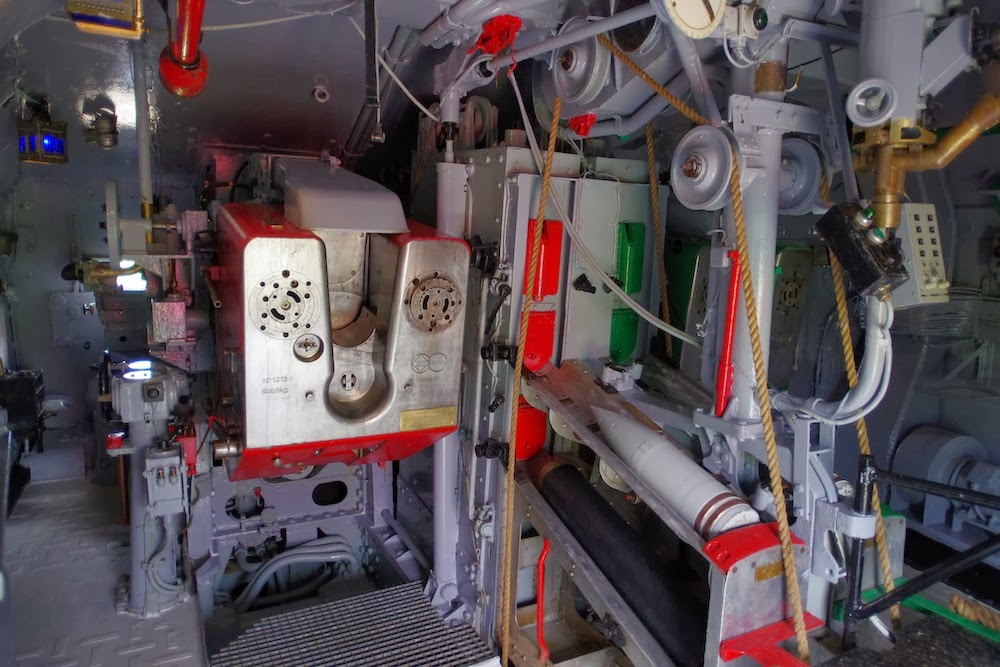By Mark David
The Elements community on google+
Follow The Elements homepage
At the moment I've just seen the TV-series The Company. This wasn't ground breaking television, but it did a great job of visualising the cold war. The Company is a three part miniseries part being in East/West Berlin that was particularly atmospheric. Berlin in the fifties, East Berlin still a wreck from the war, it's all there. But before getting into a thread about The Company I want to backtrack a bit and explain the reason for my interest in this series.
I admit it, the Cold War fascincates me. Nowadays it seems any crime or mystery thriller revolves around the role of that little handheld computer we call the smartphone: GPS, tracking people, discovering messages revealing secrets. Television predominantly. The problem for fiction is, it often ties the story down to a series of often-seen incidents we have seen so often before. You know, where the protagonist gets that just-in-time sms or receives a tip off as he walks past the house where the bad guy lurks, or the police task group following someone to an area coordinating their position from the ubiquitous three sender-masts on the mobile grid, closing in for the kill. Yawn. It was interesting the first time around ...
Perhaps one of the main reasons I trashed the 21st century for the twentieth. It just seemed to make so much sense. No phones. Characters in extremis, cut-off from the outside world. I loved the idea of fictionalising the cold war because it's possible to go back to a time when agents and the victims of deception really were on their own. No online ... anything. No safety rope. No contact. Nada. Other than themselves and what an individual can pull from the mass of grey matter unencumbered by appointments, friend requests or surfing the net for the not-quite-essential info about the latest reality TV-show.
A Reference of Past
Perhaps another reason is I grew up under the cold war. It is a part of my psyche as much as JVC v. betamax, Video Killed The Radio Star and MTV. I was born of the radio age but grew up in the video age and have seen the entry and subsequent changes to society brought about by any small-packaged electronic device that ever came into existence. Except those used in the world of spies.
I decided to go with the flow on this one - use what you know, I told myself. And what is better than the knowledge of the way the world used to work, polished into understanding by the comfort of historical distance? I wanted something without mobile phones. I wanted isolation. And intrigue spiced with deception.
I'm currently developing the back plot of The Elements that involves experts in the shadows. Puppet masters who successfully nurture a psychology of fear and deception. I keep looking around for good fiction that has captured this in the way I want to but admit I have to look hard.
No James Bonds here
Who has ever heard of James Jesus Angleton? Otherwise known as 'Jim.' Well I had. Because of writing what I'm writing. This guy is total legend. The archetypal master of subterfuge, deception and counter deception. He was the one man who could navigate through the wilderness of mirrors. The man who collected and analysed thousands of small unrelated little pieces of information. He was the only one who knew the picture could only come into focus by relating these pieces to each other.
It was about finding those relations. So the spy became the detective as well, except Angleton knew he was working against masterminds as chess masters - and the analogy is made in the last part of the 3-part series. The masters of the all-powerful KGB creating worlds within worlds for the CIA and MI6 to get lost in.
One of the reasons - of many - for writing a cold-war based series was my interest in writing about the effect on the players of a hidden game of masters. The Company features real people, in particular Michael Keaton's portrayal of James Angleton was well conceived and executed. The gaol master too. Sleep deprivation. Perception of the game by just thinking it through. Year by painstaking year.
The Way It Was
Keaton comes real close to the kind of feel I've been looking for. If they could have gotten hold of Willem Dafoe - who really looks like Angleton himself - with the same depth Michael Keaton then the series could have been complete ... The thing is, The Company really brought the audience under the skin of ... not knowing what the f*** was going on. Because that was the way it was.
So much fiction these days dots the eyes and crosses the t's it seems like the creators regard their audience as children. I find very little that satisfies my ever-hungrey appetite for prime-quality fiction these days. The Company did that. Nothing is what it seems to be. Who can you trust? Who is the mole? We were kept guessing to the end. And even afterwards, provides a very good platform for reflection.
The point of this blog is to make a simple point that I think it's very okay to let the reader or watcher make up their own minds as they wander within the wilderness of mirrors.














































